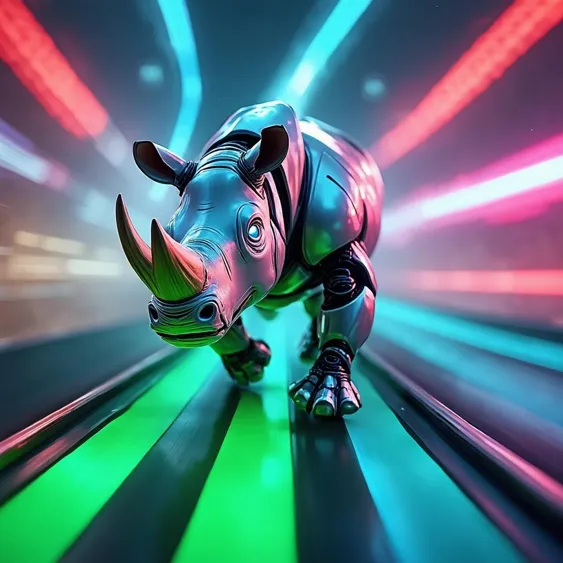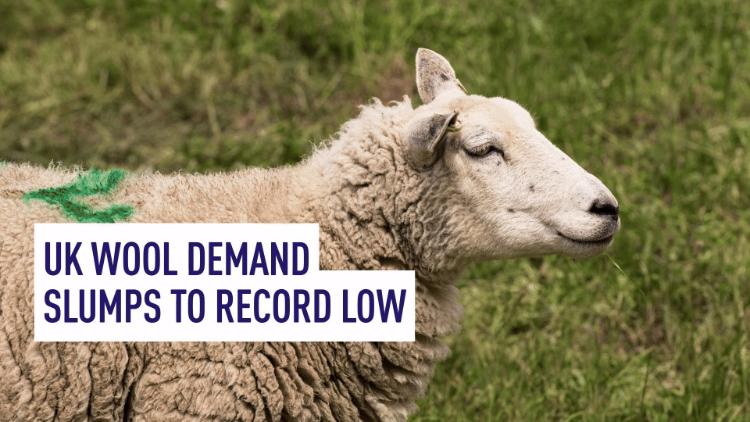Zhejiang University's "White Rhino" Breaks Robotics Speed Record

In a remarkable feat for robotics, the Zhejiang University’s four-legged robot, aptly named "White Rhino," has set a new Guinness World Record by completing a 100-meter dash in just 16.33 seconds. This achievement is not just a display of speed but encapsulates significant advancements in robotic technology, specifically in enhancing agility and stability in dynamic environments. As society grapples with the implications of rapidly evolving automation and robotics, this milestone invites a reevaluation of where we stand within a global competitive landscape.
The engineering triumph behind "White Rhino" lies in its complex design and coordination of multiple systems. Utilizing cutting-edge multi-objective optimization algorithms, the robot's design was meticulously refined, adjusting its geometric proportions and motor specifications to maximize performance. With a newly developed high-power density actuator that outputs strong torque while also allowing rapid response, this robot's capabilities parallel biological marvels such as rhinos and horses, showing that synthetic versions can accomplish similar feats of speed and agility.
Moreover, the advancements don't end with mere speed; "White Rhino" represents the growing intersections of robotics with artificial intelligence. Its ability to learn from real-world simulations and adapt to disturbances illustrates a leap towards machines that can not only run fast but make intelligent decisions in variable terrains. From debris removal in disaster-stricken areas to navigating rugged landscapes for supply delivery, the potential applications are extensive, promising a future where robots could significantly aid human efforts in various fields.
As we digest the implications of this achievement, it raises broader questions about the future of robotics: how will these autonomous machines shape our lives, and how quickly can we integrate them into our daily activities? While speed records are thrilling, the real test will lie in their utility and adaptability in real-world situations.
Read These Next

China's Coal Hub Sparks Inspiration for Global Energy Shift
Shanxi province shifts from coal to renewable energy, inspiring global efforts and showcasing China's commitment to sustainability.

NASA Rover's Blind Spots Exposed by New Simulations
The commentary reflects on NASA's rover testing shortcomings revealed by new simulations that highlight the need for more accurate preparatory practices.

UK Farmers Embrace Genetics Amid Plummeting Wool Demand
UK wool farmers face declining demand, turning to Exlana sheep for natural wool shedding, cutting costs and boosting sustainability.
